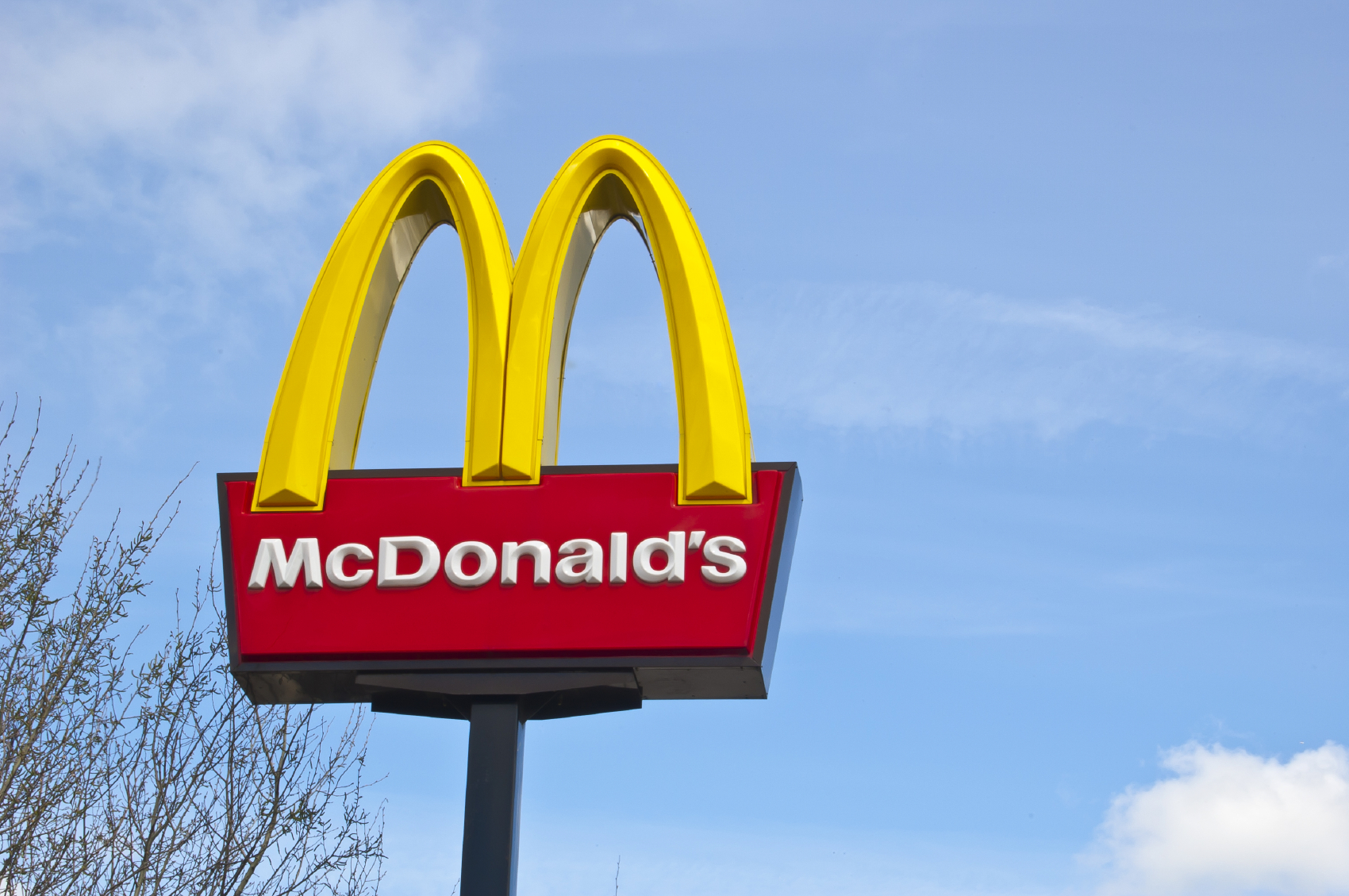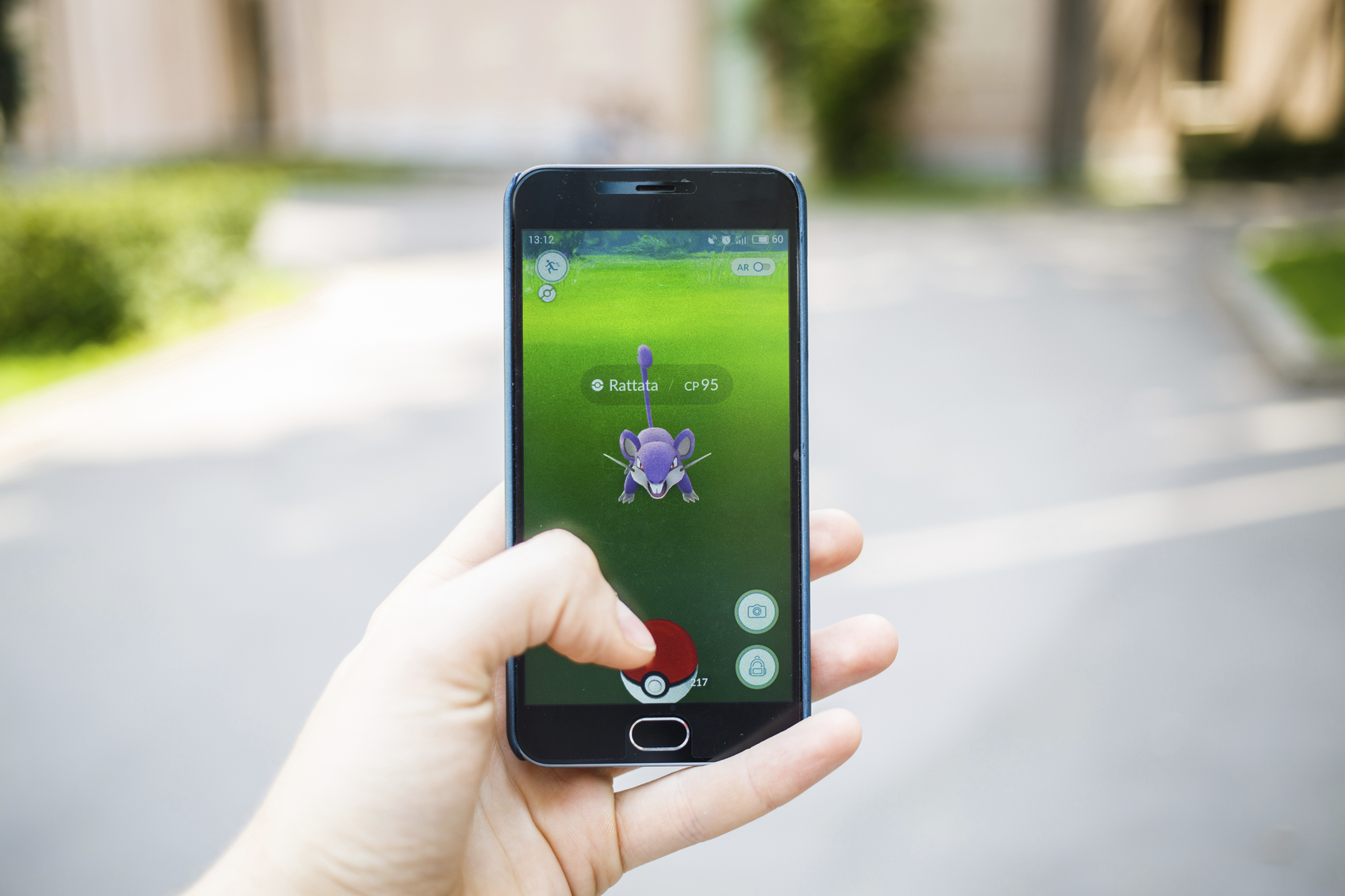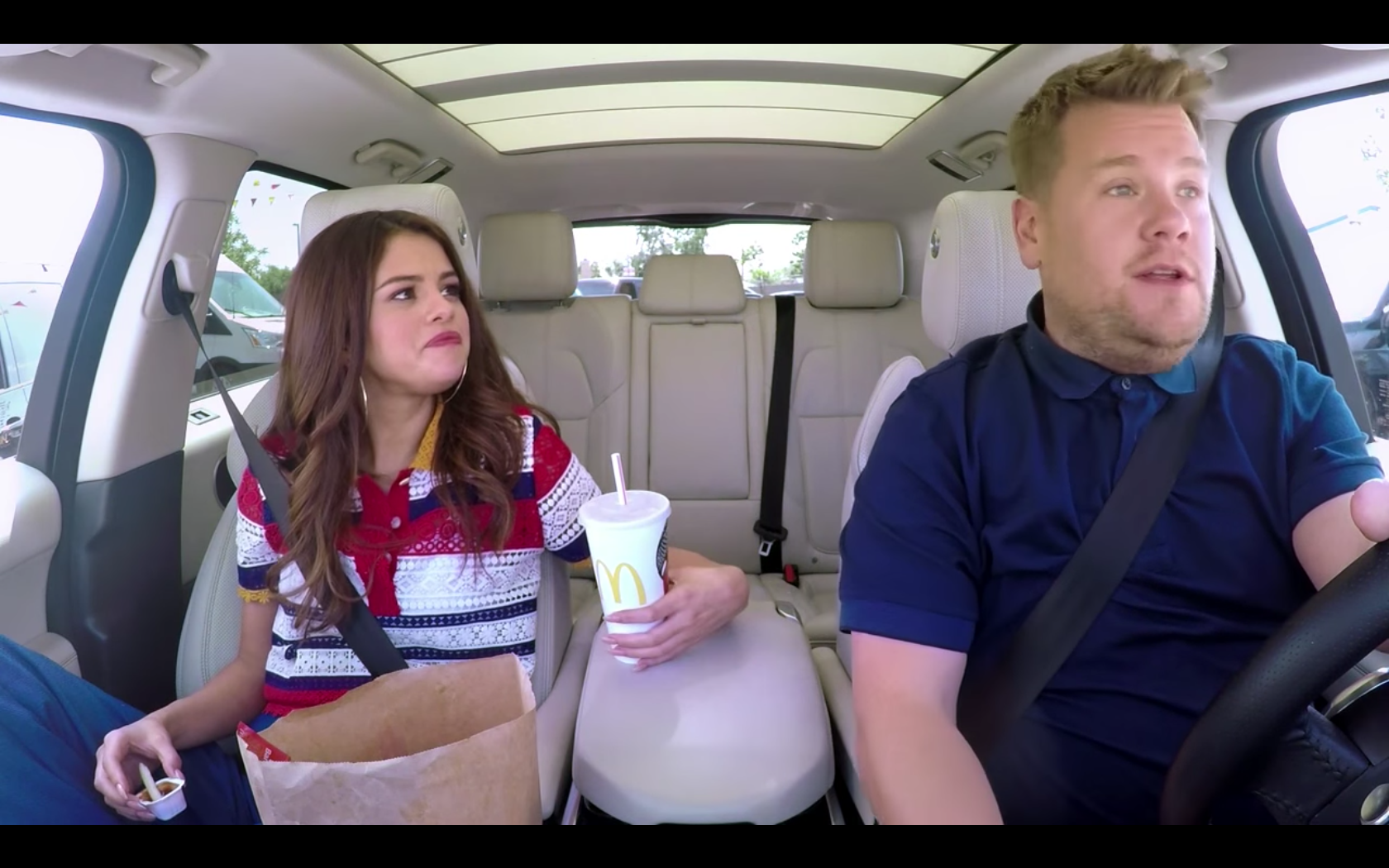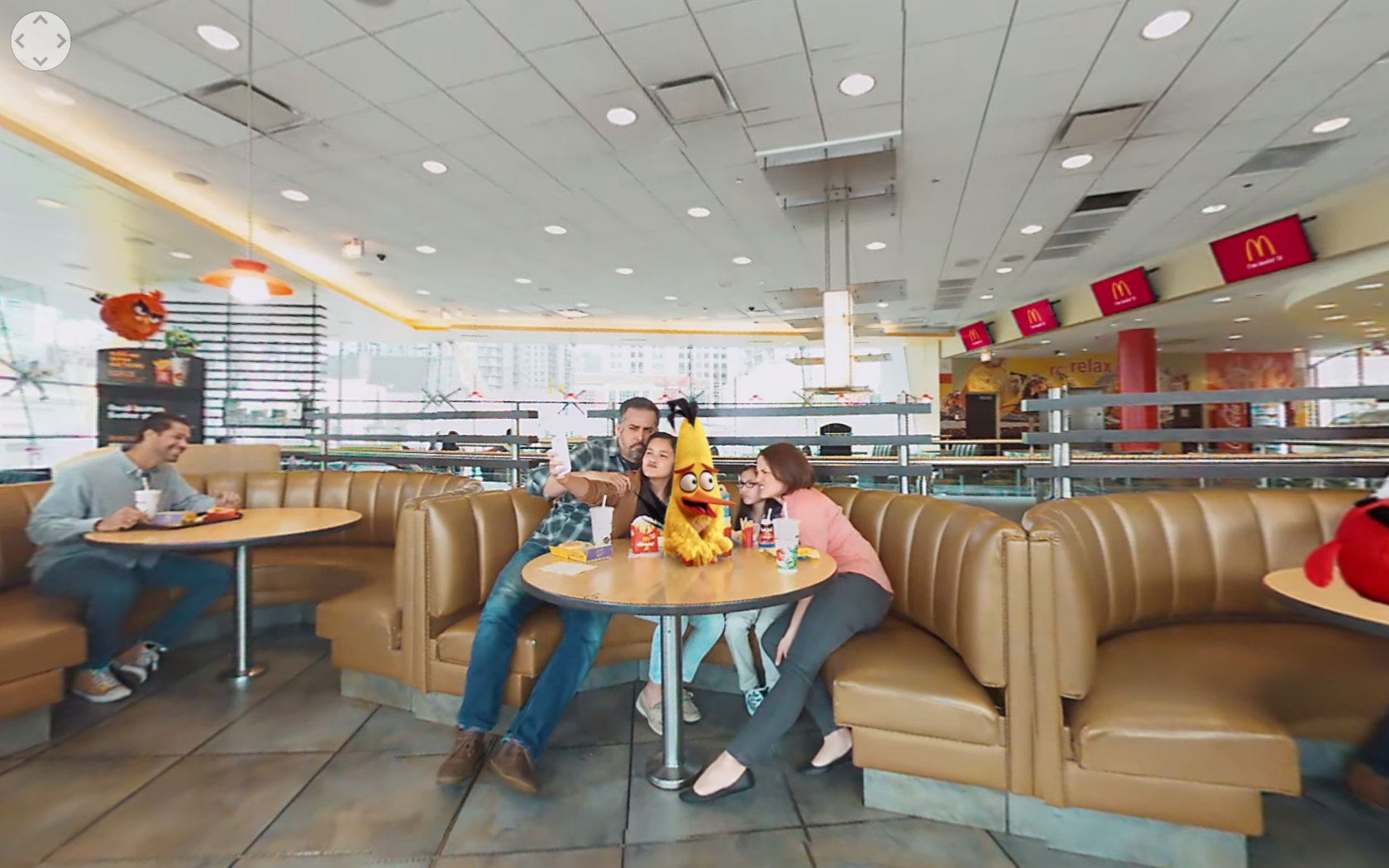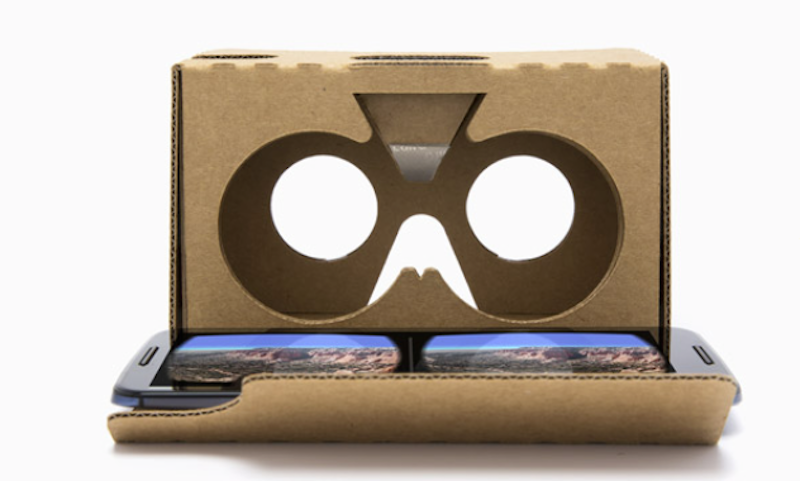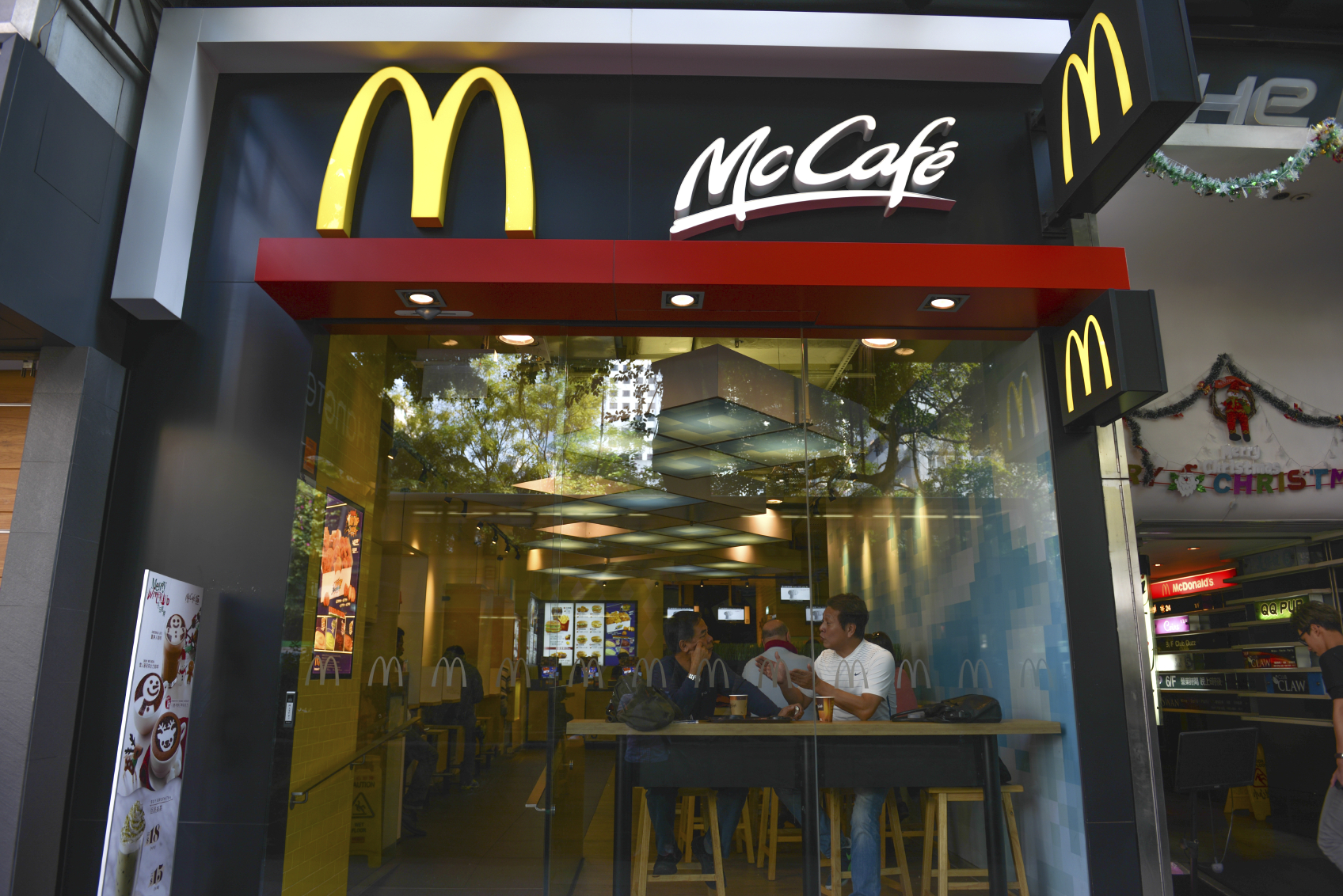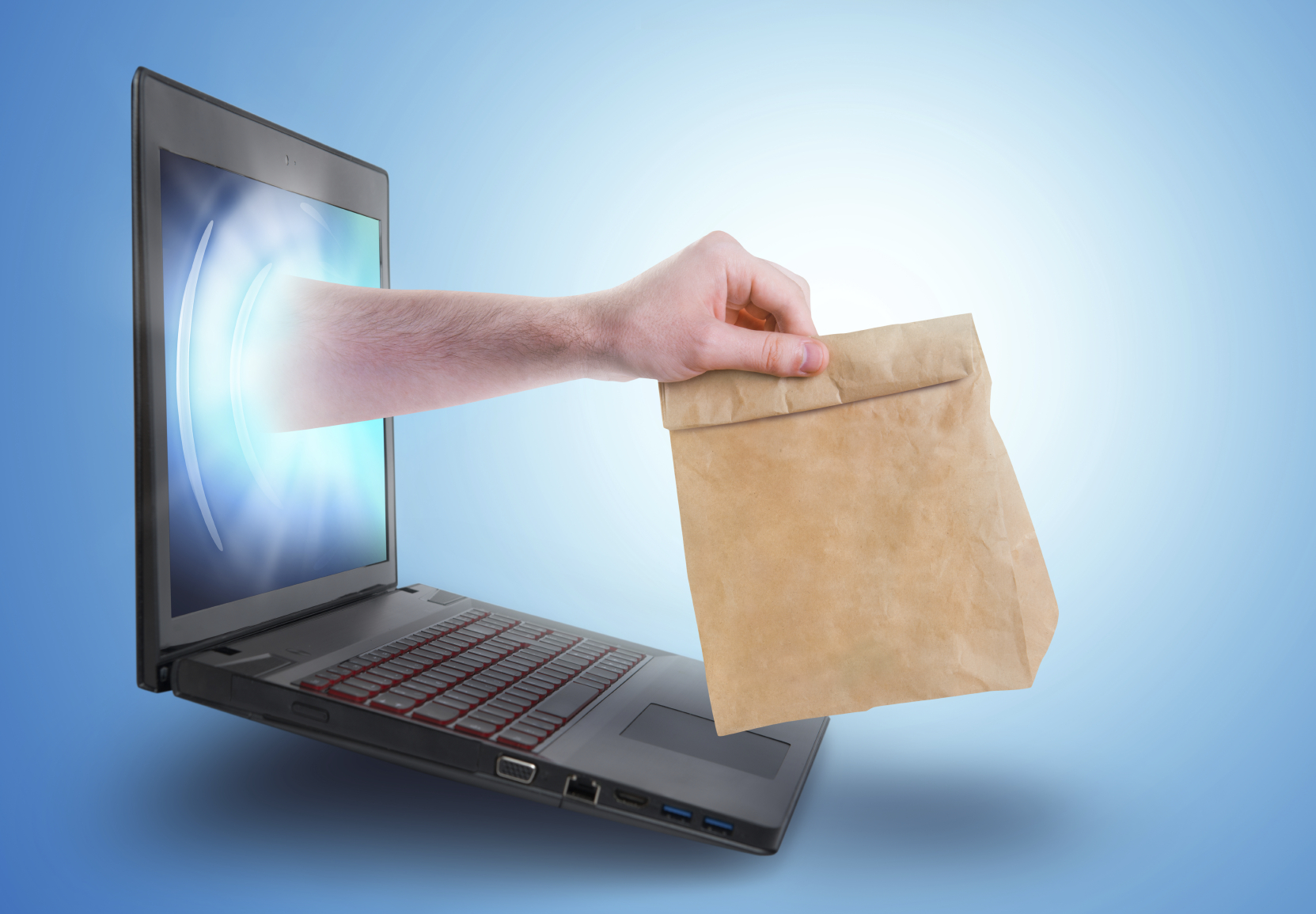What Happened
McDonald’s is gearing up for a big multi-platform livestream event where the fast food chain will give away its Big Mac Sauce to viewers that tune in in real time. The event, scheduled for 2 p.m. ET of Jan. 26, will run simultaneously on Facebook, Instagram, and Twitter. Besides the live giveaway, the chain is giving away bottles of the branded condiment at a number of its U.S. locations, which customer can use McDonald’s branded iMessage app to find more information about. The company has been quite active on Instagram as of late, consistently employing Instagram’s live video feature to engage with fans.
What Brands Need To Do
This is one of the latest examples of brands tapping into the surging popularity of live-streaming to reach and engage with customers at scale. As the major social platforms continue to improve their respective live video products, brands will have more and more channels to disseminate their live content and reach a wider audience. Brands such as Birchbox, Popeyes, McDonald’s, and GE have experimented with Facebook Live to reach customers while brands like Carl’s Jr, Coca-Cola, and Geico have sponsored livestreams on eSports sites. All these examples showcase the versatility of marketing opportunities that live streaming offers, which more brands should leverage to connect with their audiences in innovative, exciting ways.
Source: AdWeek
